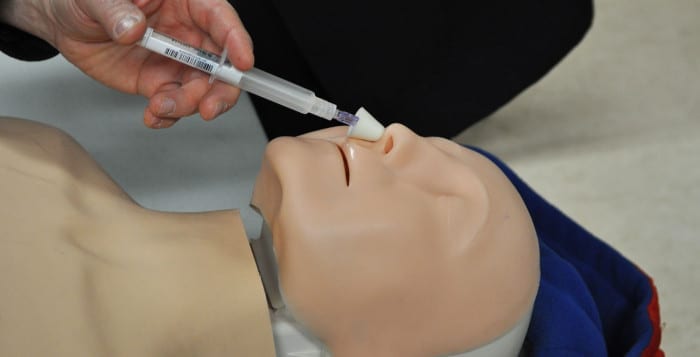If there is but one positive to come out of the contentious primary season for both the Democratic and Republican nominations for U.S. president, it has been a spotlight on the issue of money in politics.
U.S. Sen. Bernie Sanders (I-VT) made “political contributions from the millionaire and billionaire class” a cornerstone target of his campaign, and former Secretary of State Hillary Clinton has been forced to respond to her clocking in millions of dollars in compensation for speeches she had given to Wall Street bankers and others while not holding public office. On the Republican side, presumptive presidential nominee Donald Trump made it a public point of pride that he was not accepting money from other corporate bigwigs, but instead was self-funded or relying on small grassroots contributions.
Clearly, the electorate is sensitive to big money’s influence on politics. Ask anybody on the street if they feel that gigantic chunks of money are perverting American democracy and, chances are, they will agree with you. And here we are.
New York State watchdogs stood in front of the Smithtown office of state Sen. John Flanagan (R-East Northport) on Tuesday to make some noise over his stance on the Senate Republican Campaign and Housekeeping committees accepting some $16 million in contributions, thanks to a loophole in campaign finance law that allows limited liability companies to use a much higher contribution limit than corporations do. With the clock ticking before the legislative session comes to a close on June 16, groups like MoveOn.org and Common Cause New York called on Flanagan and his Republican colleagues who control the Senate to bring a bill to a vote that would close that loophole.
Flanagan did not speak at the press conference, but he did say in a statement that the legislation to close the loophole was a “red herring,” and instead said the state had bigger fish to fry if it was serious about addressing campaign finance reform, like addressing straw donors, for example.
We agree that this LLC loophole is not the end-all solution to campaign finance reform, but it is certainly a piece of it.
There is no doubt about the influence money has on elections and, later on, the votes of those who are elected. Perhaps the problem is so deeply rooted that holding press conferences like the one on Tuesday ends up being more like preaching to the choir than anything else. Some may go into office wanting to remain completely independent, but find that difficult under the pressure of the way our campaign contribution system works.
Whatever it may be, though, We the People have to find ways to unite with bigger numbers behind a common cause if we expect our elected leaders to rehabilitate their addiction to political money.







